
Introduction
Hearing aids are essential devices that improve sound clarity and enhance communication for individuals with hearing loss. However, if you’ve noticed a high-pitched squealing or whistling sound coming from your hearing aid, it can be both frustrating and disruptive. This unwanted noise is known as feedback, and it can occur for several reasons. Understanding why your hearing aid is squealing and how to fix it will help you get the best performance from your device.
In this guide, we will explore the causes of hearing aid feedback, how to prevent it, and practical solutions to fix the issue.
What Causes Hearing Aid Squealing?
Hearing aid feedback typically happens when the sound emitted by the hearing aid's speaker is picked up by its microphone and re-amplified, creating a loop of sound. Below are the common causes of this issue:
1. Improper Fit or Loose Hearing Aid
If your hearing aid is not inserted properly or is too loose, sound can leak out and be re-captured by the microphone, leading to feedback.
2. Earwax Buildup
A buildup of earwax can cause sound to reflect back into the microphone instead of being transmitted directly into the ear canal, resulting in squealing.
3. Blockage in the Hearing Aid
Dirt, debris, or moisture blocking the tubing, microphone, or vents of the hearing aid can interfere with the normal sound flow and cause whistling.
4. Volume Set Too High
Turning up the volume too high increases the risk of sound leaking out and being picked up by the microphone, causing feedback.
5. Poorly Designed or Damaged Earmold
Cracks, damage, or an improper shape in the earmold can lead to sound leakage and unwanted feedback noise.
6. Physical Obstruction Near the Ear
Wearing hats, scarves, or holding a phone too close to the ear can create a reflective surface that amplifies the sound back into the microphone.
7. Microphone and Speaker Proximity
If the microphone and speaker are too close together due to the hearing aid design or placement, it can result in an internal feedback loop.
How to Fix a Squealing Hearing Aid
If your hearing aid is producing a high-pitched sound, here are steps you can take to diagnose and fix the issue.
1. Ensure Proper Fit
-
Check if your hearing aid is inserted correctly. If it’s loose, try repositioning it for a snug fit.
-
If your device has a custom-molded earmold, ensure it’s the correct size and shape for your ear.
-
If the fit continues to be an issue, consult your audiologist for adjustments or a refitting.
2. Clean Your Hearing Aid Regularly
-
Remove any visible earwax or debris from the microphone, receiver, and vents using a soft brush or hearing aid cleaning tool.
-
If the tubing is clogged, carefully remove and clean it according to the manufacturer’s instructions.
-
Store your hearing aid in a dry, clean place when not in use to prevent moisture buildup.
3. Check for Earwax Buildup in Your Ears
-
If you experience frequent feedback, get your ears checked for excessive earwax.
-
Avoid using cotton swabs, as they can push wax deeper into the canal.
-
If needed, visit a healthcare professional to safely remove earwax.
4. Lower the Volume
-
Try reducing the volume slightly to see if the squealing stops.
-
If you often need high volume, your hearing aid might need reprogramming for better amplification without feedback.
5. Inspect and Replace Damaged Parts
-
Check the earmold or tubing for cracks, wear, or poor connections.
-
If damaged, replace these parts with new ones designed for your specific hearing aid model.
6. Avoid Objects Close to Your Hearing Aid
-
Keep phones, hats, scarves, and other items at a distance from your hearing aid to prevent reflective feedback.
-
Use speakerphone or Bluetooth accessories if holding a phone close to your ear causes squealing.
7. Update or Adjust Hearing Aid Settings
-
Modern hearing aids have settings to reduce feedback. Check if your model has a feedback cancellation feature and enable it.
-
If problems persist, schedule an appointment with your audiologist for fine-tuning.
8. Use a Hearing Aid Dehumidifier
-
Moisture can interfere with hearing aid performance. Using a dehumidifier at night can help keep your device in optimal condition.
Preventing Future Feedback Issues
To prevent squealing and ensure a comfortable hearing experience, follow these best practices:
-
Ensure a Proper Fit: Work with your audiologist to get a hearing aid that fits securely and comfortably.
-
Clean Your Device Regularly: Keep your hearing aid free from earwax and debris.
-
Schedule Regular Hearing Checkups: Monitor changes in hearing levels and make necessary adjustments to your hearing aid settings.
-
Avoid High Volume Levels: Use a balanced volume that provides clarity without causing feedback.
-
Store Your Hearing Aid Properly: Keep it in a protective case when not in use, away from moisture and dust.
When to Seek Professional Help
If you’ve tried these solutions and your hearing aid is still squealing, it may be time to visit your audiologist. Seek professional help if:
-
The feedback persists even after adjusting the fit and cleaning the device.
-
You experience discomfort or pain while wearing the hearing aid.
-
There are signs of physical damage that need professional repair or replacement.
-
You suspect your hearing aid needs reprogramming for better performance.
Conclusion
Hearing aid squealing can be annoying, but it is often fixable with proper care and adjustments. By ensuring a good fit, maintaining cleanliness, and adjusting settings, you can eliminate most feedback issues. Regular checkups with an audiologist can also help you optimize your hearing aid experience. If you continue experiencing problems, don’t hesitate to seek professional assistance. With the right approach, you can enjoy clear, feedback-free hearing in all aspects of your daily life.


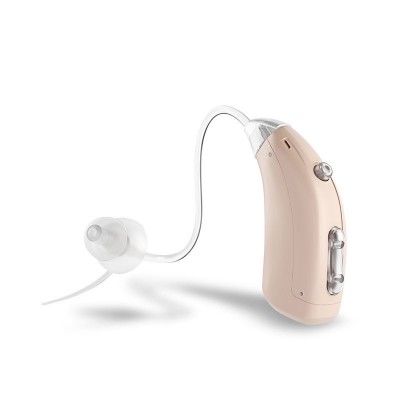
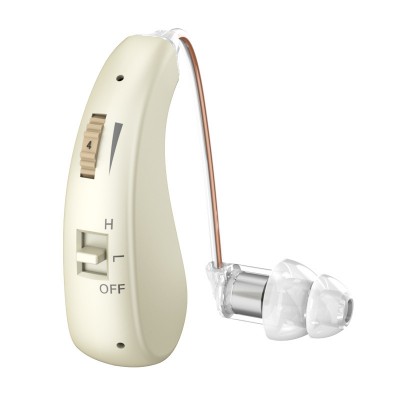
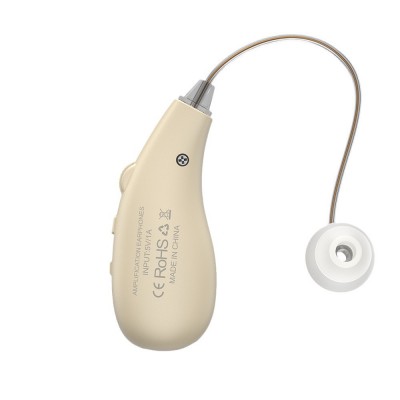
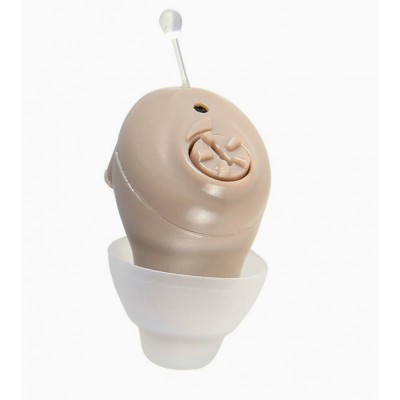
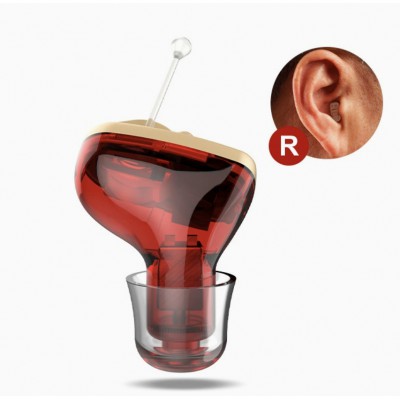
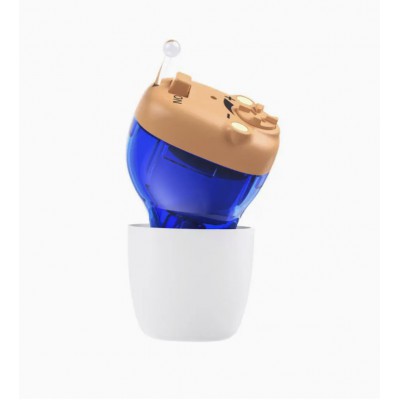

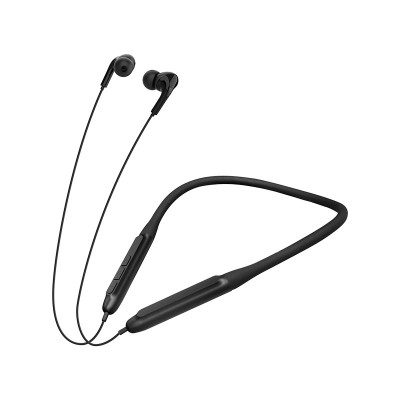
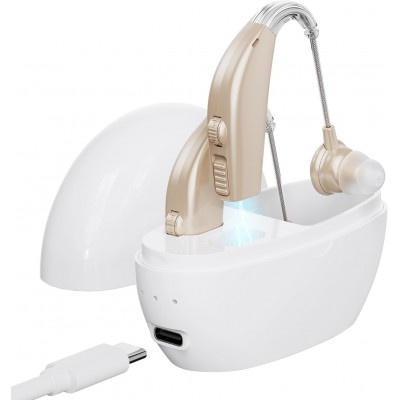

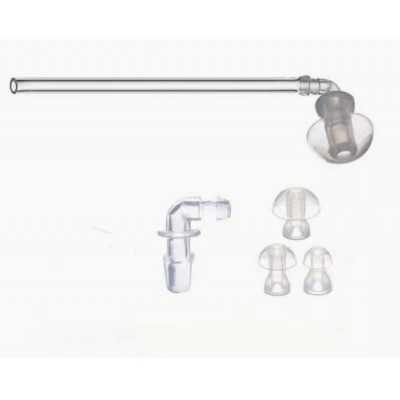
Leave a comment